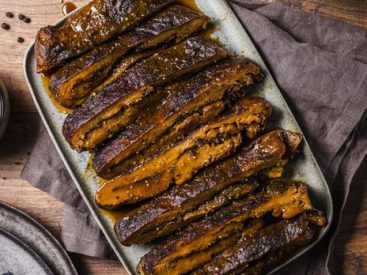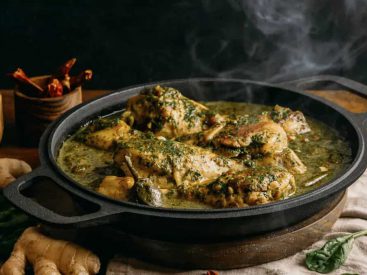Resupply Plans When hiking the Pacific Crest Trail (PCT), there are various ways people handle resupplying food along the way. Some will buy everything as they go, which often equals convenience stores, instant mashed potatoes, and snickers bars. Others will mail all of their food to post offices and […]
Delicious!
Delicious!



